Why it’s time to move on from foam earplugs
Foam and silicone earplugs have been marketed as the go-to hearing protectors. Often, they are marketed as affordable, simple, and effective. While potentially true, let’s investigate why it is time to move on from a one-size-fits-all solution to hearing protection.
Affordability
Let’s look at the issue of affordability, one of the main reasons for selecting foam earplugs. Foam earplugs can be purchased for around $50 for a box of 200 pairs, or $0.25/pair. On average, workers go through 2 pairs per day - one in the morning, one in the afternoon. Assuming 250 work days in the year, we can estimate foam earplugs cost $125/person/year. Suddenly, cheap, disposable earplugs don’t seem as cost-effective.
Hygiene
Foam earplugs are disposable. They cannot and should not be cleaned and reused. They also require the individual to use their fingers to roll up the foam earplug before placing them in their ears. This is especially concerning when working with dirty hands. What could we be inadvertently placing in our ears? Dust, dirt, bacteria, oil, or grease?
Effectiveness
Foam earplugs, when inserted correctly, can provide approximately 40 dB of protection from noise. This value is misleading, since the amount of attenuation from the earplug depends on:
insertion depth
individual ear
frequency
In one study by Berger (2013)*, there is a variation of around 20 dB in attenuation between a shallow and deeply inserted earplug (see below). That could be the difference between appropriate protection and under protection.
Because of this variability of protection using earplugs, it is best practice to “de-rate” the level of protection when selecting hearing protection.
You are likely not getting the hearing protection you think you are from foam.
Image adapted from Berger (2013)*. Deeper insertion of earplugs results in more attenuation (better protection).
Environmental Concerns
Since foam earplugs are disposable, we must also consider the environmental impact of throwing away earplugs on a daily basis. Using the estimation of 500 pairs/worker/year, and an estimated weight of 2 grams or 0.07 oz per earplug, someone using foam earplugs could be responsible for 1 kg, or 2.2 lbs of foam earplug waste per year. Let’s then consider a facility of 150 employees, one can expect approximately 330 lbs of waste annually in disposable earplugs.
How Custom Hearing Protection Can Help
An example of custom hearing protection offered by Lucas Audiology and crafted by Starkey Canada.
To address the concerns of affordability, hygiene, effectiveness, and environmental sustainability, Lucas Audiology provides custom hearing protection.
Custom hearing protection can be a cheaper alternative to disposable protectors, saving companies money over time.
Custom hearing protection is a more sanitary option. The hearing protection can be cleaned and disinfected for repeated use. There also isn’t the need to use your hands to roll them down like foam earplugs, minimizing the opportunity of dirt and bacteria to enter the ear.
Custom hearing protection is more effective than foam earplugs. There is less variability in the amount of protection with the devices compared to foam earplugs. They fit comfortably in the ear and can be inserted properly and consistently. Custom hearing protection can also be selected based on the noise levels in the workplace. This means that hearing protectors can be selected to provide protection without the risk of overprotecting.
Custom hearing protection lasts years with proper use and care. This dramatically cuts down on the annual waste produced by using disposable hearing protection.
Learn more about our custom hearing protection solutions and process:
*'Calibrating' the insertion depth of roll-down foam earplugs. Elliott H. Berger. Proc. Mtgs. Acoust. 19, 040002 (2013); doi: 10.1121/1.4800461


